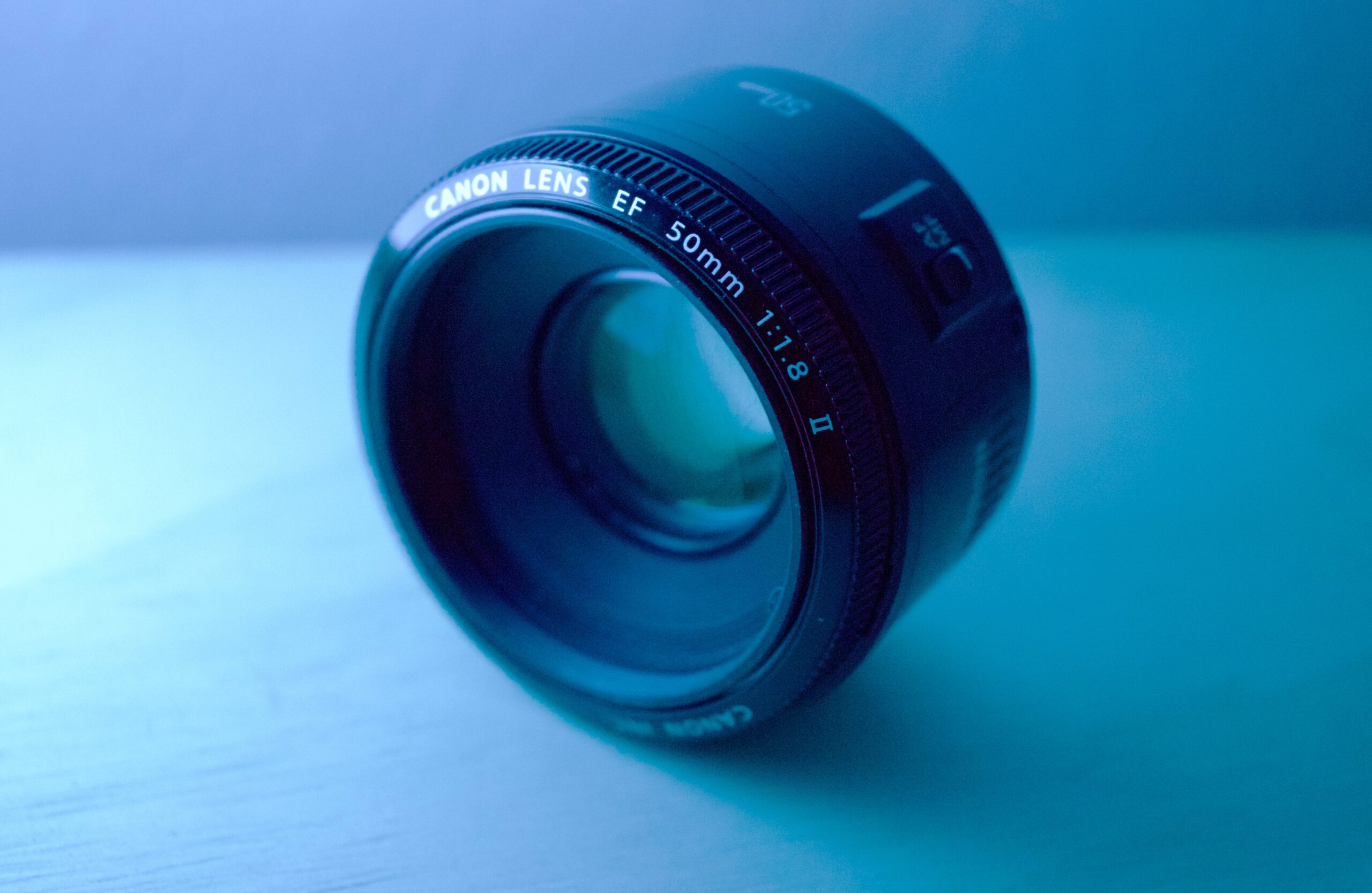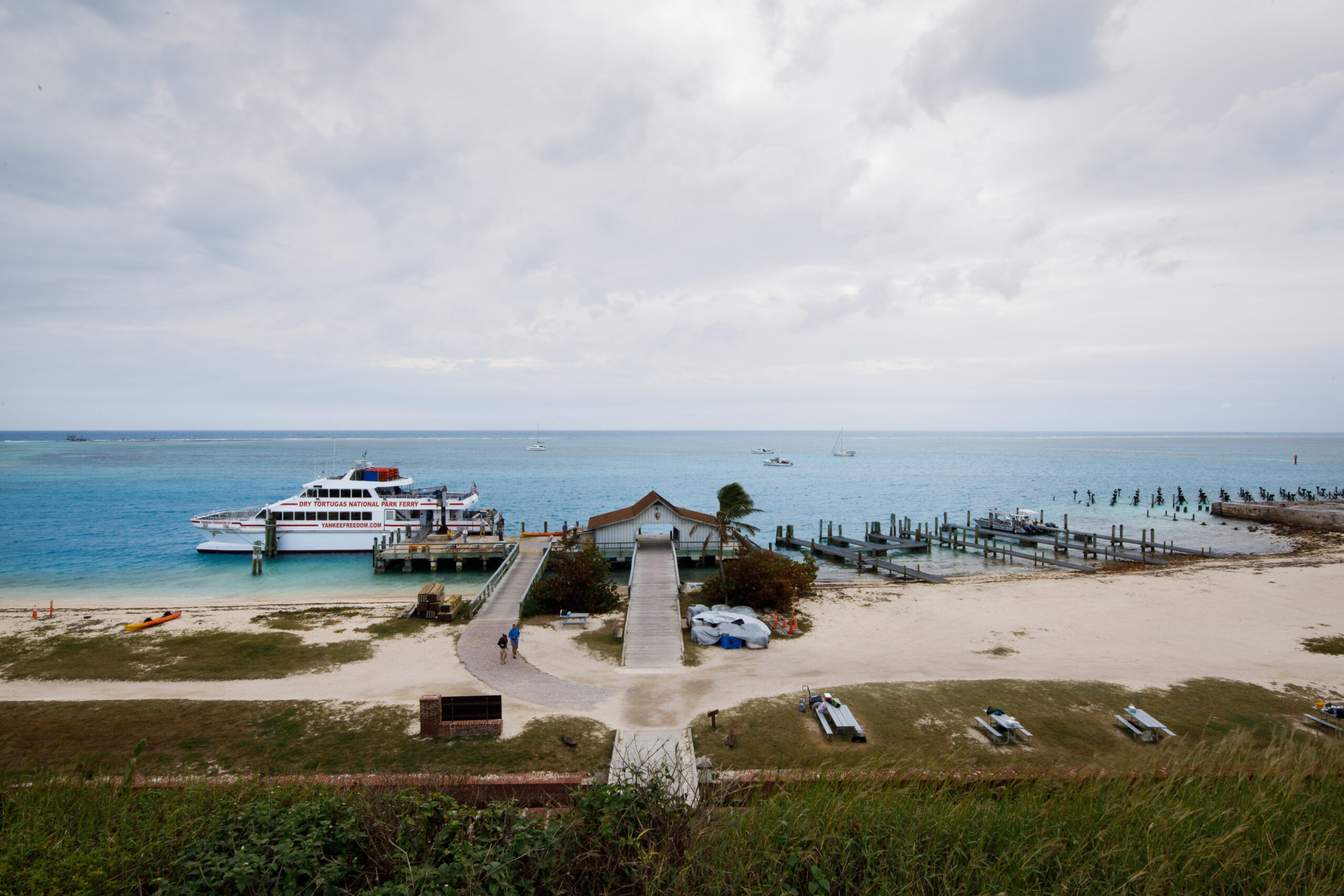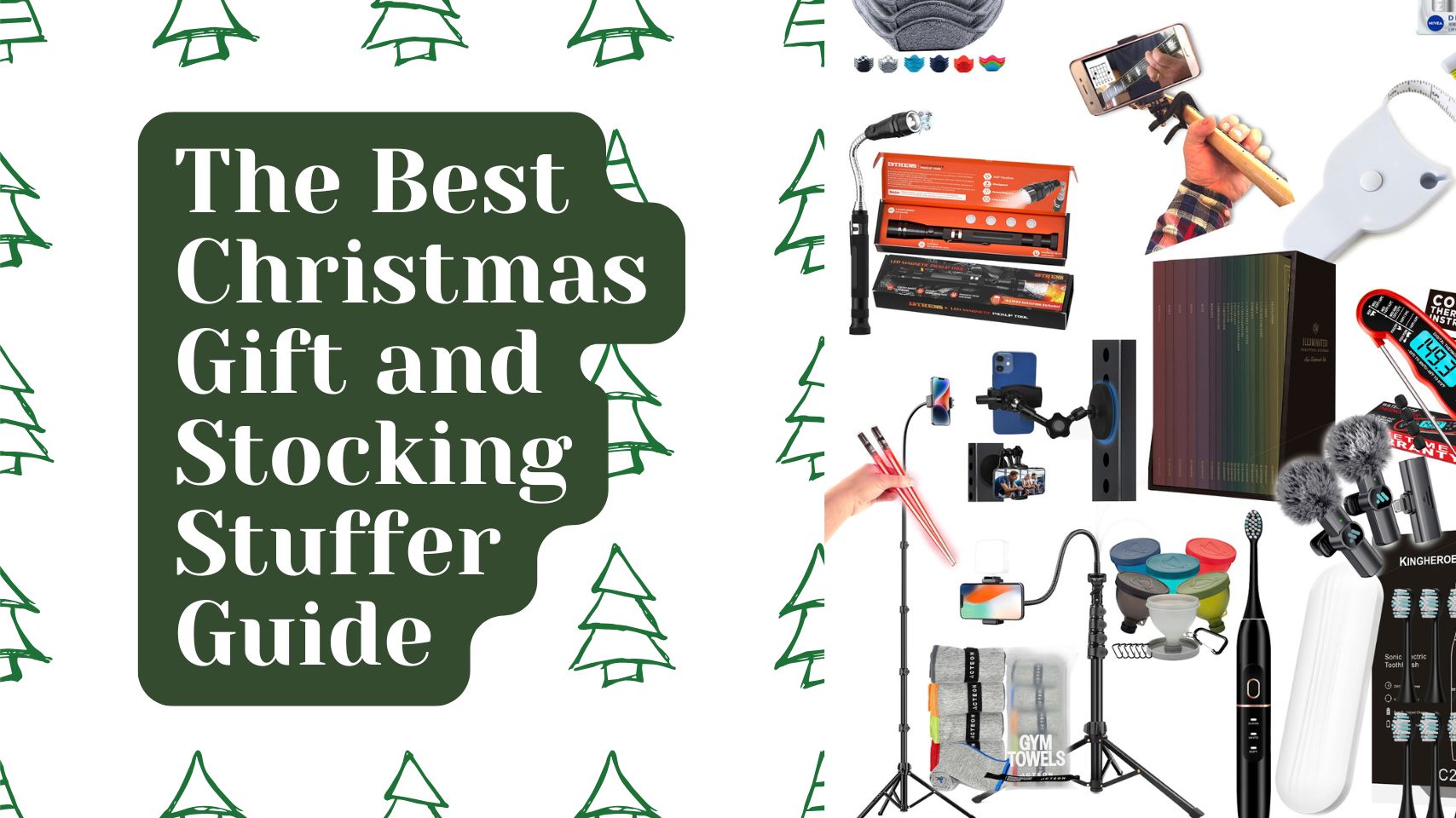July 17, 2024
There’s no doubt that prime lenses are some of the most popular types of lenses available to photographers. We will explore the most popular prime lenses for beginning photographers. There are two that tend to stand out from the rest and are considered to be ideal focal lengths: the 35mm and 50mm. Both of these lenses offer a lot of benefits, but which one is right for you? In this article, we’ll compare the two most popular prime lenses: the 35mm vs 50mm prime lenses.
When it comes to 35mm vs 50mm, there is no clear winner.
It really depends on your shooting style and what you’re trying to accomplish with your photography. 35mm lenses are great for street photography because they allow you to capture a wider field of view. This can be helpful when you’re trying to capture candid moments or interesting details in your environment. However, 50mm lenses are often considered the preferred lens for portraits compared to the 35mm lens.
Both lenses have their pros and cons, so it’s important to consider your own photography needs when making a decision about your choice of lens. As new photographers, both lenses are small, portable and easy to use. They are assets to have in your in your camera bag when you start your photography journey.
But, why one lens over the other?
35mm lenses are popular because they offer a wide field of view and can be used for both portraits and landscapes. However, 50mm lenses are also popular because they provide a more natural perspective and can be used for close-ups.
So, which is the best lens for you?
It depends on your needs as a photographer.
Here’s a closer look at the pros and cons of each lens. Let’s explore and understand what makes each one a preferred choice of lens.
35mm Prime Lens

A 35mm lens is one of the most popular standard lenses used in photography.
35mm lenses are versatile lenses. They are small and inconspicuous, which makes them the right kind of lens for street and travel photography.
You will know exactly what I mean if you ever take a long vacation where you carry around some heavy and bulky lenses. No matter how much you paid for them, you will consider ditching them by the end of your trip! And, you will never pack heavy “glass” (a term for “lens”) again!
It is splitting hairs, but the 35mm is even lighter than the 50mm, for those hikers and backpackers out there! It makes it an especially great travel companion!
As stated, the 35mm lens is a popular choice for street photography. It’s wide field of view allows you to capture more of your surroundings, which can be great for candid shots. Street portraits are best taken when you can be less intrusive. So, the smaller lens is wonderful for being able to quickly grab a shot without making people uncomfortable.
As well, this camera lens is a great option for environmental portraits. Environmental portraits are portraits taken in a persons usual environment or spaces like their homes, workshops or places of employment.
This focal length is also considered to be a “normal” field of view, meaning it renders images similar to how the human eye sees the world. This can be beneficial for those who want their photos to have a more natural look.
It is, also, a wonderful lens choice for working in tight spaces. Oftentimes, when I am shooting weddings and shooting brides in small rooms, a 35mm comes in very handy.
One downside of the 35mm lens is that it can sometimes be difficult to isolate your subject. This is because of its wider field of view, which can make your subject appear small in the frame. If you’re shooting a portrait, for example, you may want to consider a longer focal length of the lens, like the 50mm.
35mm lenses:
PROS:
- Wide field of view
- Can be used for both portraits and landscapes
- A versatile Lens
- Better for tighter spaces
- Light weight
- Great for low light conditions
- The 35mm lens is typically less expensive than the 50mm lens
CONS:
- Some 35mm lenses can suffer from distortion at the edges of the frame
- They can also be less sharp than other prime lenses
50mm Prime Lens

50mm lenses are oftentimes referred to as the “Nifty-Fifty”.
The 50mm lens is, also, referred to as the “portrait” lens out of the two because of its ability to isolate your subject and create a shallow depth of field. This means that your main subject will be in focus, while the background is blurred. This can be beneficial for those who want their photos to have a more polished look.
One downside of the 50mm lens is that it can sometimes be difficult to shoot in tight spaces. This is because of its longer focal length. The focal length can make it difficult to fit your subject into the frame. If you’re shooting in a crowded street or small room, you may want to consider a shorter focal length like the 35mm.
50mm lenses:
PROS:
- The 50mm lens is great for portraits and close-ups
- The 50mm lens offers a greater depth of field than the 35mm lens
- More natural perspective
- Great for low light conditions
- Still light weight compared to other lenses and telephoto lenses
CONS:
- Some 50mm primes can be too sharp for certain subjects ( if you want a more gritty film look. So, think through the kind of image quality you are going for)
- They have a more narrow field of view (or cone of vision), which can make them less versatile or harder to use in tighter spaces
DIFFERENCE BETWEEN LENSES: 35mm vs 50mm
Each one is a great lens; both great options. You really aren’t going to fail owning both or either one.
The big difference between the two is going to be the field of view, weight and price. After that, there are several options and price points within each lens category that will give you a new set of variants to choose from.


EFFECTS OF FULL FRAME vs CROP SENSOR CAMERA
Something that is essential to know is whether or not you have a full-frame camera or a crop sensor camera. This will have a very noticeable effect on the field of vision of your lenses.
In the days of film photography, the Equivocal focal length / lens focal length was what you got. Film was the same size regardless of the 35 mm camera you were using. Film was film.
Nowadays, you can have a DSLR camera, but the sensor (“film”) can be smaller or bigger, which will alter the field of view that you get with your lens.
This really is a hard topic to explain, I find.
For example, if I am shooting with a 50mm lens on a crop sensor camera, that lens is actually working more like an 80mm lens. Whereas, the full-frame equivalent would be that the lens will work like a 50mm, as it should.
Let me try to draw it out for you:

For clarification, I know that the sensor is inside of the camera, but what you see through your lens is what gets recorded onto your sensor. So, it helps to imagine it like this diagram.
If you are taking a photo with a smaller crop sensor, you are only going to be able to record, of the yellow view in front of you, what is indicated in red versus what should be recorded, which is indicated in blue.
The smaller sensor “crops in” your field of view the same way that changing your lenses from 35mm to 50mm to 80mm to 90mm to 200mm.
So, a 50mm lens will render you an image that will look like you shot it with an 80mm lens. So, if your desire is to get the look of 50mm on a crop sensor camera, you’ll have to do some math and either go down to a 35mm or a 28mm lens
On a full frame camera, a 35mm camera with a 35mm lens has an equivalent focal length of the 35mm lens with no distortion in field of vision.
I hope that I didn’t confuse you even more! Please tell me if I did or didn’t in the comments below.
APERTURE
Okay, now this is where the secret sauce of photography is, in my opinion. I never understood why my images weren’t looking as cool as everyone else’s at one stage in my education in college. But, I just was not using my aperture to my benefit.
So, at this point we are assuming that you have decided between the 35mm vs 50mm. If so, you on to to deciding aperture options.
A lens aperture is the opening of the lens’s diaphragm. This is where light passes and enters into the camera. The aperture size is called out in f-stops: f/1.4, f/2, f/2.8, f/4 and so on.
Something that seems hard for me to get my head around is that the bigger the number, the smaller the diaphragm opens. It just seems logical to me that the bigger the “hole”, the bigger the number should be. But, alas, it is the opposite!
But, if you think about it as, the bigger the number, the more of your image is in focus, it works! Also, the smaller the number, the less of your image is in focus. See?
Essentially, the larger the aperture number(not diaphragm size), the greater depth of field that you have: more of your foreground, middle ground and background will be in focus around your subject.

Now, I usually decide which aperture I want to use and then set all other variants around that.
When you decide which lens you want, the 35m vs 50mm, you need to decide the aperture that you want for that lens.
You probably had a kit lens that came with your camera that is a 35mm zoom lens that has a lowest aperture of f4 (or something similar). And, this is why it was so inexpensive and thrown in with the camera!
You will get different outcomes in your image aesthetic and feel. Too, if you are trying to create a brand for yourself, aperture is one element that can help you do that.
A wide aperture (which is a small f-stop, like f/1.4) will isolate your subject with a shallow depth of field and background blur. The wider aperture = shallower depth of field you create.
And, a shallower depth of field helps to eliminate distracting elements in an image.
Too, it opens your camera up to allow more light into the camera in low-light conditions.
You can get a lens with a maximum aperture in the f/1 and f/2 range in both the 35mm and 50mm, but the weight and price both increase. Sometimes into the thousands!
Once you decide which lens you want, you will need to choose with aperture range you want and can afford in your equipment budget. You will have to assess which is the best choice for you based on the best options for the kind of photography you hope to create.
If you intend to shoot street photography and want distracting elements to bein focus and part of the story, a wide aperture may not be a good choice for you. Thus, saving you some money!
At this point, we are looking at personal preference!
If you are new to the art of photography, I have a post on the basics of photography that might be helpful.
FAMOUS STREET PHOTOGRAPHERS
- Henri Cartier-Bresson
- Henri Cartier-Bresson was a French humanist photographer considered a master of candid photography, and an early user of 35 mm film. He pioneered the genre of street photography, and viewed photography as capturing a decisive moment. Cartier-Bresson was one of the founding members of Magnum Photos in 1947(Wikipedia).
- Diane Arbus
- Diane Arbus was an American photographer. Arbus’s imagery helped to normalize marginalized groups and highlight the importance of proper representation of all people(Wikipedia).
- Robert Doisneau
- Robert Doisneau was a French photographer. From the 1930s, he photographed the streets of Paris. He was a champion of humanist photography and with Henri Cartier-Bresson a pioneer of photojournalism(Wikipedia).
- Lee Friedlander
- Lee Friedlander is an American photographer and artist. In the 1960s and 1970s, Friedlander evolved an influential and often imitated visual language of urban “social landscape,” with many of his photographs including fragments of store-front reflections, structures framed by fences, posters and street signs(Wikipedia).
- Eugene Atget
- Eugène Atget was a French flâneur and a pioneer of documentary photography, noted for his determination to document all of the architecture and street scenes of Paris before their disappearance to modernization. Most of his photographs were first published by Berenice Abbott after his death.
- Vivian Maier
- Vivian Dorothy Maier was an American street photographer whose work was discovered and recognized after her death. She worked for about 40 years as a nanny, mostly in Chicago’s North Shore, while pursuing photography(Wikipedia)
Conclusion on 35mm vs 50mm
So, what are the key takeaways? Who was the winner: 35mm vs 50mm?
A 50mm prime lens is great for portraits and landscapes, while a 35mm lens is ideal for street photography and weddings. If you’re looking to invest in a prime lens, I would recommend the 50mm over the 35mm. However, it ultimately depends on your specific needs and what you plan to use your camera for.
Which is the best lens for you?
It really depends on your needs as a photographer. If you need a versatile lens that can be used for both portraits and landscapes, then a 35mm lens might be the best choice for you.
However, if you need a lens that provides a more natural perspective and can be used for close-ups, then a 50mm lens might be the better option.
Whichever lens you choose, make sure it’s the right one for your needs.
Still don’t know which is the best prime lens for you: 35mm vs 50mm?
If you’re looking for a lens that will give you beautiful, candid shots of your friends and family, the 35mm is probably the right choice for you. But if you want a lens with more character and personality, the 50mm might be a better option for you.
Whichever lens you choose, I hope this article has helped you to understand the benefits of each one and made your decision a little bit easier. Be sure to check out some of my other posts for more photography tips and advice.
Do you have a 35mm or 50mm lens? What do you think of it? Let us know in the comments below!
If undecided, rent both lenses and test them out. It is super easy and inexpensive to do. Ultimately, the best lens is the one that helps you capture the images that you want to create. Thanks for reading and we hope this post comparison of the 35mm vs 50mm lenses was helpful!







Comments